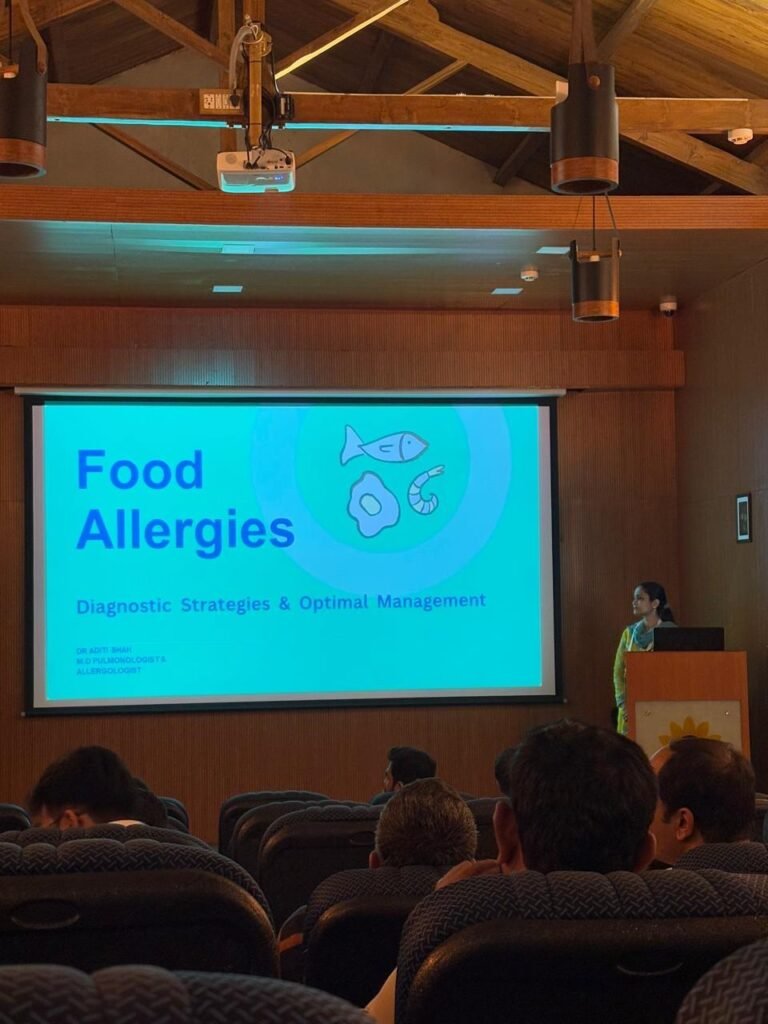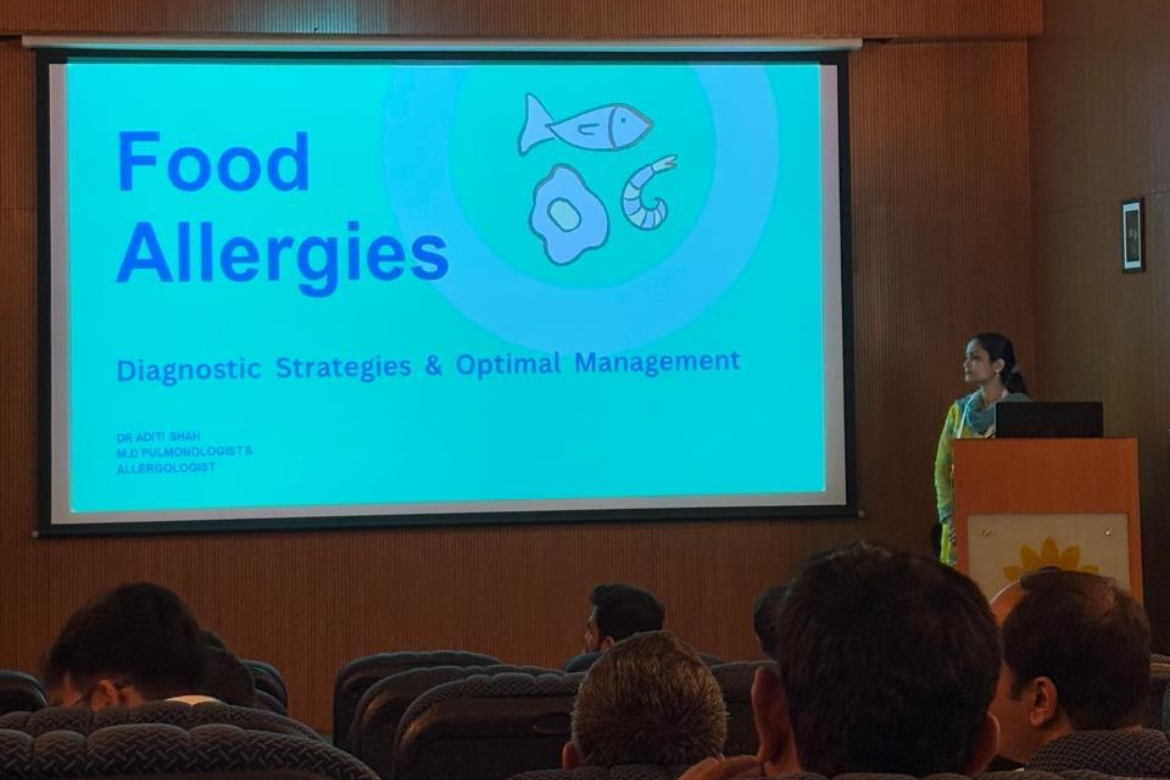
How to Get Tested?
A food allergy will usually cause some sort of reaction every time the trigger food is eaten. Symptoms can vary from person to person, and you may not always experience the same symptoms during every reaction. Allergic reactions to food can affect the skin, respiratory tract, gastrointestinal tract and cardiovascular system. It is impossible to predict how severe the next reaction might be, and all patients with food allergies should be carefully counseled about the risk of anaphylaxis, a potentially fatal reaction that is treated with epinephrine (adrenaline).
While food allergies may develop at any age, most appear in early childhood. If you suspect a food allergy, see an allergist, who will take your family and medical history, decide which tests to perform (if any) and use this information to determine if a food allergy exists.
To make a diagnosis, allergists ask detailed questions about your medical history and your symptoms. Be prepared to answer questions about:
1) What and how much you ate?
2)How long it took for symptoms to develop?
3)What symptoms you experienced and how long they lasted?
After taking your history, your allergist may order skin tests and/or blood tests, which indicate whether food-specific immunoglobulin E (IgE) antibodies are present in your body:
Skin-prick tests provide results in about 20 minutes. A liquid containing a tiny amount of the food allergen is placed on the skin of your arm or back. Your skin is pricked with a small, sterile probe, allowing the liquid to seep under the skin. The test, which isn’t painful but can be uncomfortable, is considered positive if a wheal (resembling the bump from a mosquito bite) develops at the site where the suspected allergen was placed. As a control, you’ll also get a skin prick with a liquid that doesn’t contain the allergen; this should not provoke a reaction, allowing comparison between the two test sites.
Blood tests, which are a bit less exact than skin tests, measure the amount of IgE antibody to the specific food(s) being tested. Results are typically available in about a week and are reported as a numerical value.
Your allergist will use the results of these tests in making a diagnosis. A positive result does not necessarily indicate that there is an allergy, though a negative result is useful in ruling one out.


